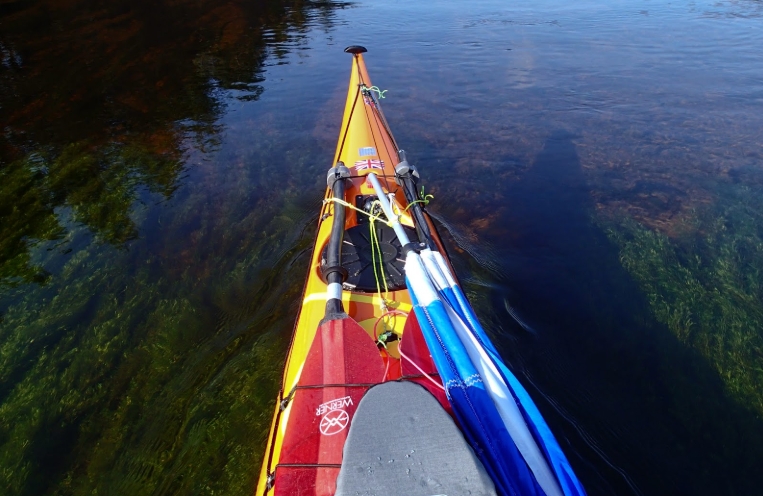Rivers Under the Sea: Exploring Submarine Landscapes
When we think about rivers, we often picture flowing waters on land. However, did you know that rivers also exist deep beneath the ocean’s surface? These underwater rivers are fascinating and play a crucial role in our planet’s ecosystem. Understanding these hidden waterways can enhance our knowledge of oceanography and marine life.
The Formation of Underwater Rivers
Underwater rivers, known as subaqueous rivers, form in various ways. Often, they are created by the movement of salty water, which is denser than the surrounding seawater. These rivers flow along the ocean floor, carving paths through sediment and creating unique underwater landscapes. For example, the Black Sea has an underwater river that flows and shapes its bottom, much like a river on land. The dynamics of these rivers are influenced by pressure, temperature, and salinity gradients, making them a subject of scientific interest.
Ecological Importance of Submarine Rivers
Submarine rivers play a critical role in marine ecosystems. They are vital in transporting nutrients across the ocean floor, supporting a diverse range of marine life. Because they are often enriched with sediments, these rivers can create habitats for various organisms, from fish to benthic invertebrates. The mixing of freshwater and saltwater also facilitates nutrient cycling, promoting the growth of phytoplankton, which forms the base of the oceanic food web. Understanding these rivers helps researchers monitor ocean health and biodiversity.
Technological Advances in Exploration
The exploration of underwater rivers has advanced dramatically with the development of modern technology. Sonar mapping and remote-operated vehicles (ROVs) allow scientists to visualize and study these hidden waterways without disturbing the ocean’s delicate balance. These tools provide valuable data on the structure of underwater rivers, including their flow rate and sediment transport. As technology progresses, we continue to discover new aspects of these fascinating environments, contributing to our understanding of oceanographic processes.
In conclusion, submarine rivers are a captivating aspect of oceanography, offering insight into the complex dynamics of our planet’s underwater landscape. By learning more about these rivers, we can better appreciate the natural world and the delicate balance of marine ecosystems. Dive deeper into this intriguing subject, and consider exploring the latest research or joining an ocean conservation effort to help protect these vital resources.

